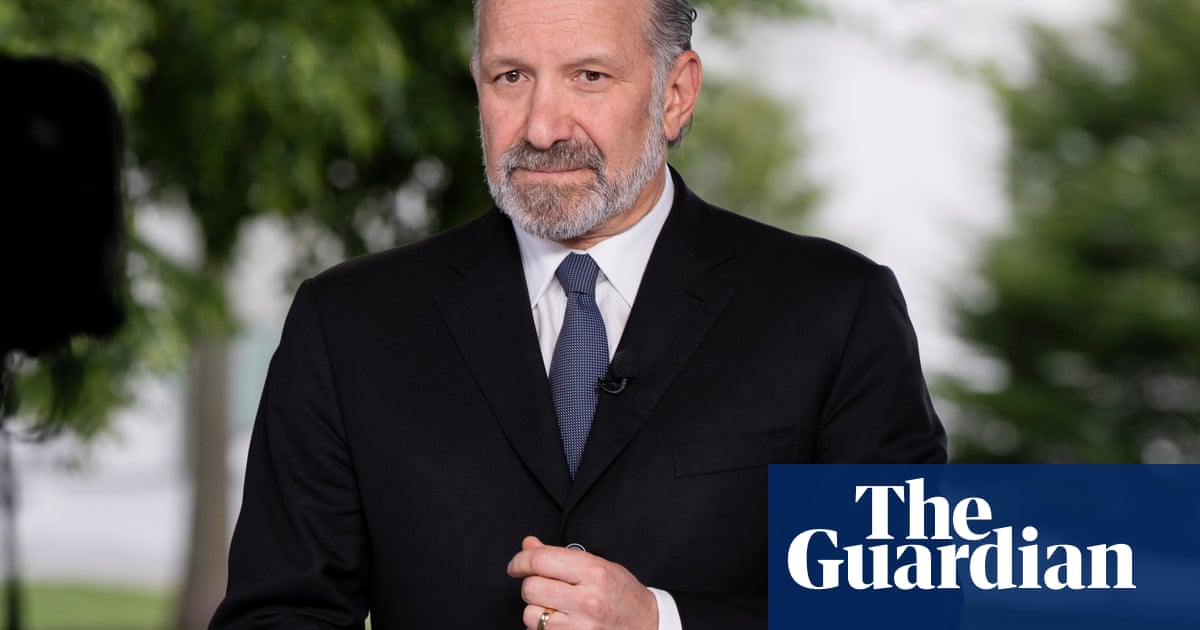The US commerce secretary, Howard Lutnick, has said trade talks withChinaunder way in Geneva are intended to “de-escalate” tensions between the two superpowers as negotiations continued into a second day.
Lutnick predicted multiple trade deals over the next few months without naming specific countries, while more than 20 deals are reportedly being examined.
He said the US treasury secretary, Scott Bessent, “has made it clear one of his objectives is to de-escalate. You know, 145% and 125% are really – those are kind of tariffs where you are not trading with each other. So he’s there to see if we can reset the conversation”.
Lutnick was responding to a question aboutTrump administrationexpectations for the talks. He was referring to China’s 125% retaliatory tariffs and 145% US tariffs imposed as part of Donald Trump’s drive to use trade policy to ignite more domestic manufacturings.
“For the next three months this policy is going to see trade deal after trade deal,” Lutnick said, mirroring remarks Trump has made repeatedly in defending his tariffs. He did not name which countries the US would cement deals with during that time period.
Trump hadhailed a “total reset”in US-China trade relations after the first day of talks between top American and Chinese officials in Switzerland aimed at defusing a trade war sparked by his tariff rollout.
The US president praised the “very good” discussions and deemed them “a total reset negotiated in a friendly, but constructive, manner”.
“We want to see, for the good of both China and the U.S., an opening up of China to American business,” he posted on his Truth Social platform early on Sunday, adding: “GREAT PROGRESS MADE!!!” He did not elaborate on the progress.
On Sunday, Kevin Hassett, the director of the National Economic Council, said: “What’s going to happen in all likelihood is that relationships are going to be rebooted. It looks like the Chinese are very very eager to play ball and renormalise things … they really want to rebuild a relationship that’s great for both of us.”
Last week, Trump and UK prime minister, Keir Starmer,announced a limited bilateral trade deal.
Hassett said the UK agreement provided a “really exciting blueprint” and that he had been briefed on 24 deals with other nations which are in the works. “They all look a little bit like the UK deal but each one is bespoke,” he said.
Meanwhile, Lutnick dismissed reports of dock workers and truckers losing their jobs as a result of the tariffs.
“This is just a China problem right now,” Lutnick said. “The rest of the world is 10% [tariffs]. So don’t overdo it.”
“Prices are going to stay stable once this policy is done,” Lutnick added.
Reuters contributed to this report.
